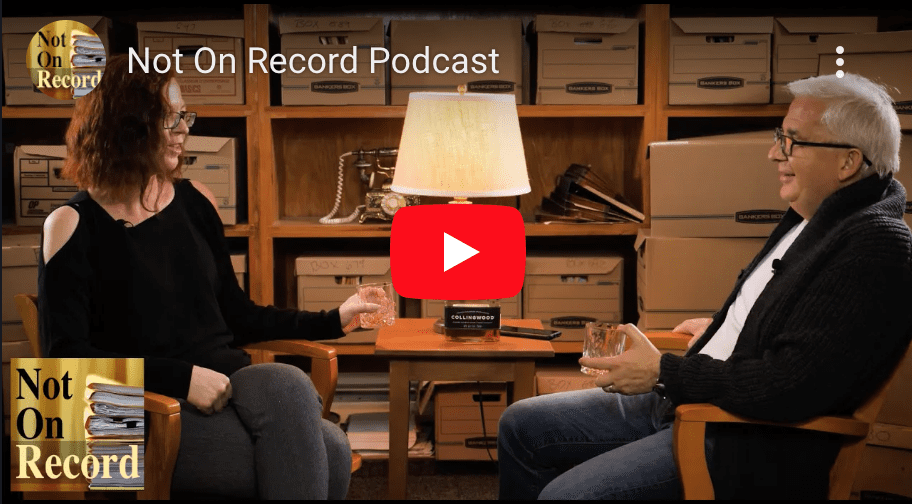This recent decision of the Supreme Court of Canada has once again attempted to clarify how lower courts are to deal with issues of necessity and reliability in the determination of whether an out-of-court video taped statement ought to be admitted into evidence at trial. The issue often arises in domestic violence cases where a complainant does not wish to attend court or proceed to trial after having given the police a video statement under oath. When the complainant fails to attend court or is otherwise unavailable, the Crown can bring an Application to admit the statement for the truth of its contents provided two conditions are satisfied – necessity and reliability. It is the later condition that has been the subject of considerable debate since the Supreme Court’s decision in Regina v. Starr, [2000] 2 S.C.R. 144. That decision has generated much judicial commentary and academic criticism on various grounds, but most significantly on defining what constitutes “extrinsic” circumstances. In Khelawon, the Supreme Court did not expand the legal test developed from the line of cases of Regina v. Khan,[1990] 2 S.C.R. 531, Regina v. Smith, [1992] 2 S.C.R. 915, Regina v. B.(K.G., [1993] 1 S.C.R., 740, but sought to clarify whether “extrinsic” circumstances to the taking of the statement can be considered in determining threshold reliability.
In a unanimous judgement written by Charron J., the Supreme Court has done away with categorizing factors in terms of threshold and ultimate reliability. Comments to the contrary in previous decisions are to no longer be followed. Instead, all relevant factors should be considered including, in appropriate cases, the presence of supporting or contradictory evidence, such as whether the declarant was influenced in making the allegations, and hence the statement, by some disgruntlement with the accused. The trial judge need not determine, at this stage, the truth of the statement but that there is sufficient reliability, based upon all relevant factors, to admit the evidence. The trial judge is to be guided by trial fairness, and not only in relation to the decision on admissibility but also is informed in applying his or her residual discretion to exclude the evidence even if necessity and reliability can be shown.
Although, the ultimate test for reliability is subjecting the declarant to cross-examination, this decision arms defence lawyers with greater ability to attack an out-of-court statement beyond simply examining the immediate features of the statement such as the fact that it was provided on video or made under a promise to tell the truth, similar to the archaic concept that a person would not lie if s/he swears an oath. Important and relevant factors that were previously ignored can now be drawn upon to argue for the exclusion of such evidence. Most important are factors that tend to establish a motivation to make the allegations that are less than meritorious – that disclose an animus or ulterior motive such as gaining an advantage in a matrimonial dispute. Similarly, factors relating to the declarant’s competency to provide a statement are fertile ground to advance evidence on and to seek exclusion.
In practice, it is yet to be seen if this decision will expand or restrict the number of out-of-court statements that make their way into trial as evidence.





